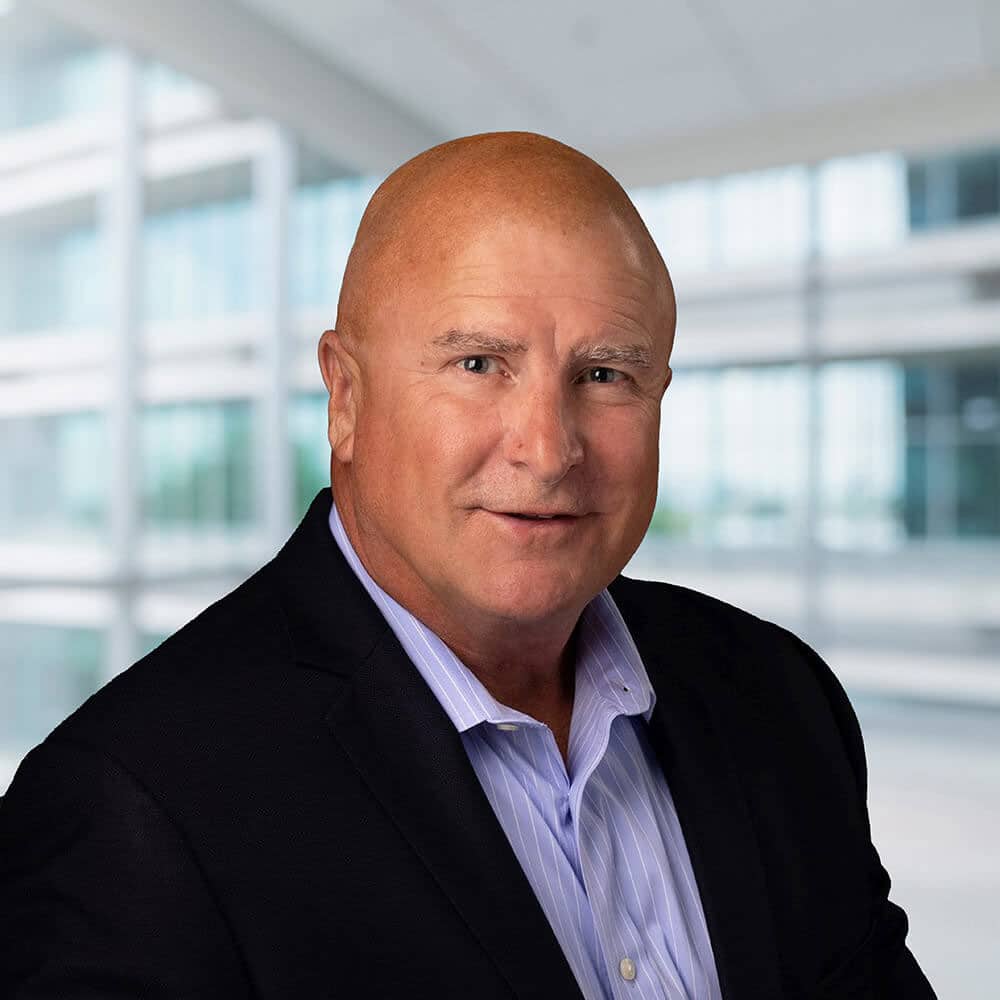Out of all the leading men in ’70s cinema, Charles Bronson was in a class of his own. After a decade of supporting roles in ensemble classics such as The Magnificent Seven and The Dirty Dozen, he became an international superstar at age 54 playing New York vigilante Paul Kersey in 1974’s Death Wish. Come the ‘80s, however, Bronson’s star power waned as he became the go-to leading man for Cannon Films’ B-level action programmers including the critically derived Death Wish sequels. At the darkest moment of his life in 1990, a rare opportunity to act against type was presented to Bronson for Sean Penn’s directorial debut: The Indian Runner.
Throughout the ’80s, Penn emerged as one of the most promising actors of his generation thanks to his realistic performances in Fast Times at Ridgemont High, At Close Range, and Colors. Simultaneously, he earned an unwanted “bad boy” reputation for his public attacks on the press and his short-lived marriage to Madonna. The future Mystic River Oscar winner contemplated retirement from acting when he decided to transition into directing an independent film by age 30. During TheIndian Runner‘s casting process, Penn sought after close friends and family for the lead characters, including Dennis Hopper and his mother, Eileen Ryan. Bronson’s wife and actor Jill Ireland was a family friend who had previously worked with the actor’s filmmaker father, Leo Penn. Moved by Bronson’s real-life struggles and strength during Ireland’s passing from breast cancer in May 1990, Penn approached the Death Wish star about playing the conflicted father of two brothers on opposite sides of the law. To Penn’s surprise, Bronson agreed to appear.
‘The Indian Runner’ Allowed Charles Bronson To Play Against Type
Inspired by the Bruce Springsteen song “Highway Patrolman,” The Indian Runner is a dark family tale set in Nebraska during the 1960s. It follows the lives of Deputy Sheriff Joe Roberts (David Morse) and Vietnam War veteran-turned-criminal Frank (Viggo Mortensen). Joe gave up his farming aspirations to go into law enforcement to support his family. He finds himself conflicted by the scrutiny of the townspeople after shooting a fleeing suspect. Meanwhile, Frank returns from Vietnam and resumes the mischievous criminal behavior he was prone to doing before enlisting in the army. Bronson enters the story about a quarter into the picture as Mr. Roberts, who expresses disappointment in the man Frank has become while caring for their terminally ill mother (Sandy Dennis).
Bronson was always known for his stoic performances in action movies where his fists and big weapons did all the talking. In The Indian Runner, however, Bronson delivers the most layered, emotionally complex performance of his career. To make the point that his action movie fans needed to leave their expectations at home, Penn requested Bronson to shave his trademark mustache, as explained in the previously linked interview. Bronson had made the same call to go unshaven five years earlier, playing a real American labor leader in the HBO movie Act of Vengeance. The Indian Runner would be the last movie Bronson would act in with a clean-shaven face.
One of Charles Bronson’s Best Performances Was During a Difficult Time in His Life
The Indian Runner was presented to Bronson at a difficult time in his life. Following the release of his last Cannon movie, Kinjite: Forbidden Subjects in 1989, Bronson put his career on hiatus to care for his sick wife Ireland before her untimely passing. Bronson’s grieving feels authentic in the montage set to the tune of Jefferson Airplane’s “Comin’ Back to Me” in which Mr. Roberts watches an old home movie on his projector. The home movie depicts his sons playing around the yard as children acting like cowboys. At first, Mr. Roberts watches on with joy. Then moments later, that joy turns to sadness, knowing that the innocence of the boys is lost forever in time. The montage also comes after the mother succumbs to her illness, which results in Mr. Roberts masking his depression in front of Joe and his family. Ironically, Bronson’s co-star Dennis was facing a real battle with ovarian cancer during The Indian Runner’s production, as explained in Sean Penn: His Life and Times. She passed away six months after the movie’s theatrical release.
Bronson’s post-Death Wish characters rarely ever died on screen except for Act of Vengeance where he was shot repeatedly by a then-unknown Keanu Reeves. When approached by Penn to star in The Indian Runner, one part of Mr. Roberts’ story left Bronson conflicted. After his wife’s death and the decision to sell his house, Mr. Roberts calls Joe about fixing his home carpet with the son unaware of the liquor and pistol in front of his father. Joe later learns of Bronson’s character taking his own life shortly after the call. Bronson reportedly expressed concerns to Penn about the scene because of how his large Italian fanbase would react, but Penn was firm about Bronson’s death scene being vital to the overall arc that leads to Joe and Frank’s violent separation.
‘The Indian Runner’ Earned Charles Bronson Some of the Best Reviews of His Career
The Indian Runner made its world premiere at the Cannes Film Festival in May 1991, roughly a year after the loss of Ireland. Before this time, Bronson made few media appearances for his movies. When he did, he was less than enthusiastic about those projects which were nothing more than paycheck jobs. In this case, however, Bronson was the selling point in getting The Indian Runner accepted into Cannes. So, he attended the premiere with Penn and the cast. Upon the announcement of his presence before the Cannes screening, Bronson received a 12-minute standing ovation.
Three months later, The Indian Runner was put into limited release in select art house theaters. Despite its poor box office, critics widely praised Penn’s directorial debut. While Morse and Mortensen received acclaim for playing the brothers, Bronson was singled out as giving the best acting performance of his career since starring in Sergio Leone’s western classic Once Upon a Time in the West in 1969. Even film critic Roger Ebert admitted he could not see any other actor in Bronson’s role. With his career back on track and his personal life taking a turn for the better, Bronson pursued additional non-action films for a short time. He starred in the ABC holiday drama Yes, Virginia, There is a Santa Claus in 1991, followed by a rare antagonist turn opposite Christopher Reeve in the TNT adventure drama The Sea Wolf in 1993.
The Indian Runner was Bronson’s second to last theatrical release before passing on August 30, 2003, at age 81. Though he continues to be remembered for cleaning up crime-infested streets on the big screen, Bronson’s rare dramatic turn was proof that Penn as a director could bring out an authentic sensitivity from one of the toughest men in cinema history.
The Indian Runner is available to watch on Tubi in the U.S.
























































![Social Media Spring Cleaning [Infographic] Social Media Spring Cleaning [Infographic]](https://imgproxy.divecdn.com/9e7sW3TubFHM00yvXe5zvvbhAVriJiGqS8xmVFLPC6s/g:ce/rs:fit:770:435/Z3M6Ly9kaXZlc2l0ZS1zdG9yYWdlL2RpdmVpbWFnZS9zb2NpYWxfc3ByaW5nX2NsZWFuaW5nMi5wbmc=.webp)
![5 Ways to Improve Your LinkedIn Marketing Efforts in 2025 [Infographic] 5 Ways to Improve Your LinkedIn Marketing Efforts in 2025 [Infographic]](https://imgproxy.divecdn.com/Hv-m77iIkXSAtB3IEwA3XAuouMwkZApIeDGDnLy5Yhs/g:ce/rs:fit:770:435/Z3M6Ly9kaXZlc2l0ZS1zdG9yYWdlL2RpdmVpbWFnZS9saW5rZWRpbl9zdHJhdGVneV9pbmZvMi5wbmc=.webp)















